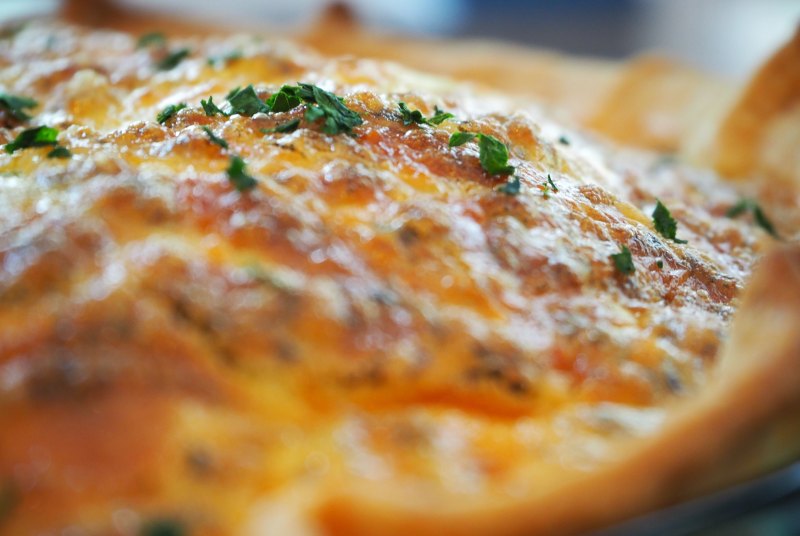
The Coronation of King Charles III is next weekend, and apparently, that matters in some way, for some reason. Though, even the Brits (hell, especially the Brits) don’t seem too enthusiastic about the new King and Queen Consort.
Back when William and Kate tied the knot, I was working in an office in the Transamerica building in San Francisco. When I arrived to work that day, the lobby was decked out in ridiculously cartoonish royal garb, complete with Union Jacks flying high and beefy security guards in ridiculous bearskin hats. When I stepped out of the elevator and into my office, “God Save the Queen” was blaring in the break room, and one of our more enthusiastic staff members had prepared Eton Mess for all 30-some employees. I’ll be honest — I didn’t get it. Don’t get me wrong, I had three servings of Eton Mess that day and enjoyed every moment of the post-work British pub happy hour later that evening. But as far as the obsession with royalty our country has? It doesn’t make much sense to me. Unless, of course, you bring food into the equation. That’s when things get fun.
There will be nay-sayers and grumpy Guses when it comes to British food, naturally. But the UK has given us so many delectable dishes. Can you imagine a world without fish and chips? Or bangers and mash? Shepherd’s pie?! Of course not. These hearty, filling, goes-great-with-a-pint meals are what comfort tastes like, and we’ll take several hearty servings of each, please and thank you.
Another British dish we love is the quiche. Granted, the origins of the quiche are not strictly British, per se, but since the quiche has been selected as the “official food of the coronation,” we’ve decided to not pull at that thread. After all, quiche is delicious. And whether you’re planning on waking up in the middle of the night to enthusiastically watch the Coronation, tiara perched upon your bedhead, or you just like a good brunch recipe — this is a good way to celebrate.
The Coronation Quiche recipe
(From Royal.uk)
Ingredients:
Pastry
- 125g plain flour
- Pinch of salt
- 25g cold butter, diced
- 25g lard
- 2 tablespoons milk
- Or 1 x 250g block of ready-made shortcrust pastry
Filling
- 125ml milk
- 175ml double cream
- 2 medium eggs
- 1 tablespoon chopped fresh tarragon
- Salt and pepper
- 100g grated cheddar cheese
- 180g cooked spinach, lightly chopped
- 60g cooked broad beans or soya beans
Method:
-
Mix the flour and salt into a bowl; add the fats and rub the mixture together with fingertips until it has a sandy, breadcrumb texture.
- Add the milk a little at a time and bring the ingredients together into a dough.
- Cover and allow to rest in the fridge for 30-45 minutes
- Lightly flour the work surface and roll out the pastry to a circle a little larger than the top of the tin and approximately 5mm thick.
- Line the tin with the pastry, taking care not to have any holes or the mixture could leak. Cover and rest for a further 30 minutes in the fridge.
- Preheat the oven to 375F.
- Line the pastry case with parchment paper, add baking beans and bake blind for 15 minutes, before removing the paper and beans.
- Reduce the oven temperature to 320F.
- Beat together the milk, cream, eggs, herbs and seasoning.
- Scatter 1/2 of the grated cheese in the blind-baked base, top with the chopped spinach and beans and herbs, then pour over the liquid mixture.
- Gently give the mixture a delicate stir to ensure the filling is evenly dispersed but be careful not to damage the pastry.
- Sprinkle over the remaining cheese. Place into the oven and bake for 20-25 minutes until set and lightly golden.



